#Manhattan Trinity Church
Text

Trinity Churchyard, March 9, 1938.
Photo: Carl van Vechten via MCNY
#vintage New York#1930s#Carl van Vechten#Trinity Church#Trinity Churchyard#bench#bench sitting#lower Manhattan#March 9#Mar. 9#9 March#graveyard#Trinity graveyard
90 notes
·
View notes
Text
Trinity Church from Wall Street

Trinity Church from Wall Street
#Wall Street#Trinity Church#New York City#new york#newyork#New-York#nyc#NY#manhattan#urban#city#USA#buildings#visit-new-york.tumblr.com#outdoors#journey#street#architecture#travel
111 notes
·
View notes
Text
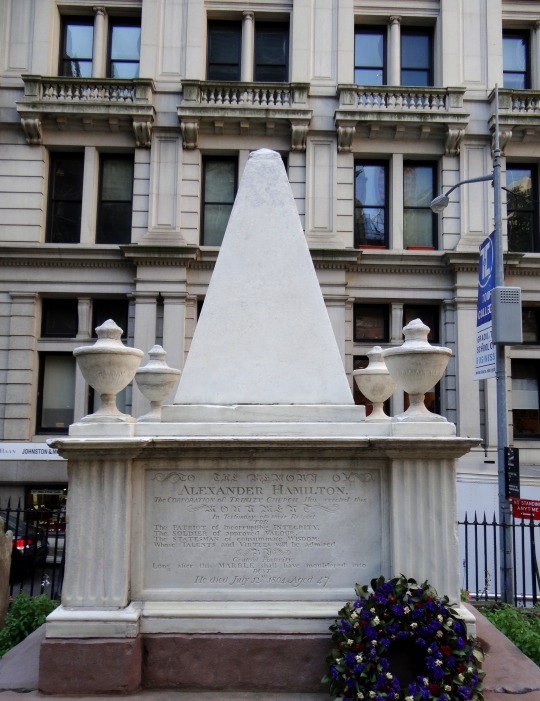
Tomb of Alexander Hamilton, at Trinity Church, Manhattan.
#tombs of the dead and famous#alexander hamilton#cemetery#tomb#original photography#photography#lensblr#photographers on tumblr#taphophile#taphophilia#tombs#trinity church#manhattan#new york#new york city#urbanexploration#wanderingjana
19 notes
·
View notes
Text
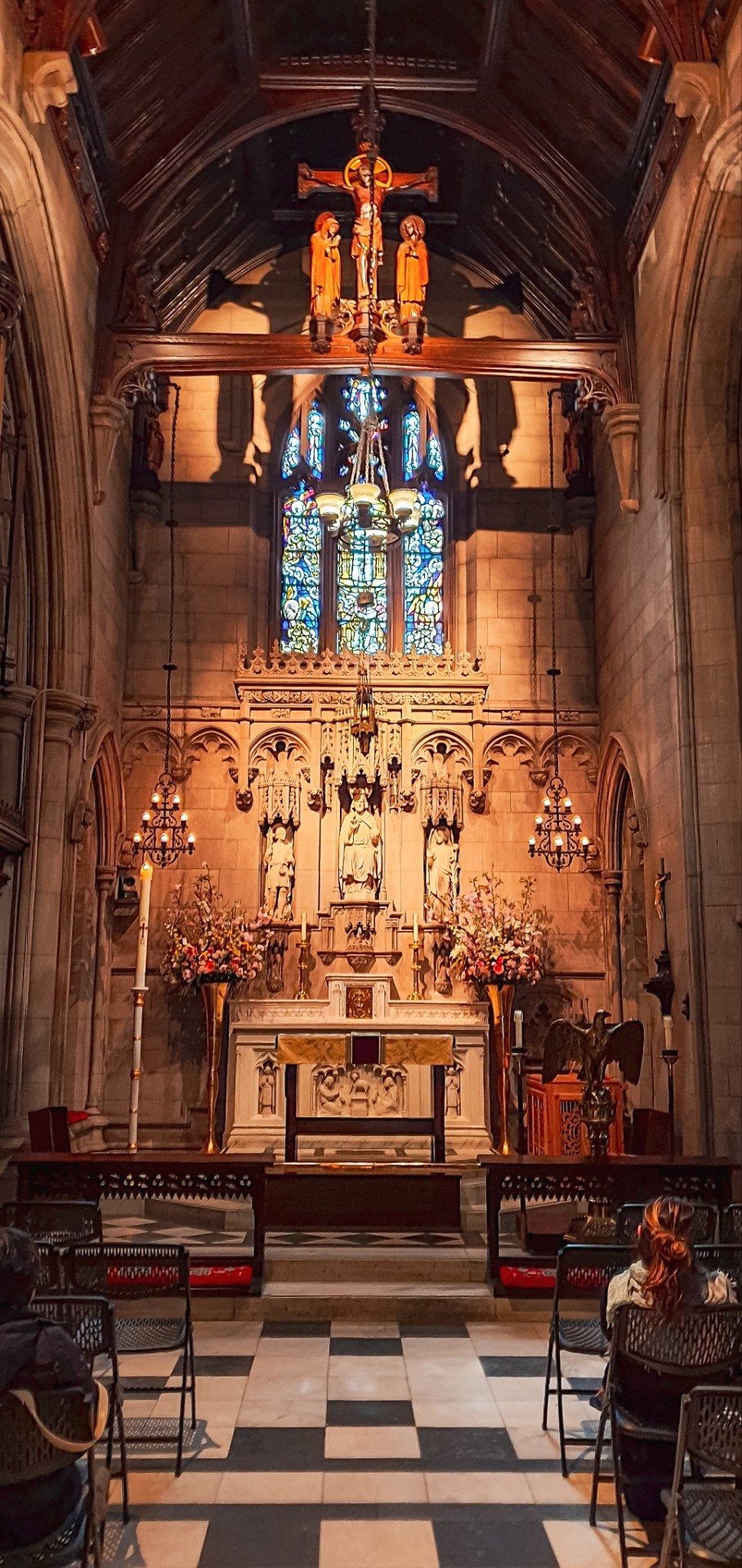
Trinity Church, NYC 1846
#travelling#new york#nyc#big apple#manhattan#usa#trinity#church#indoors#low light#architecture#art#history
13 notes
·
View notes
Text
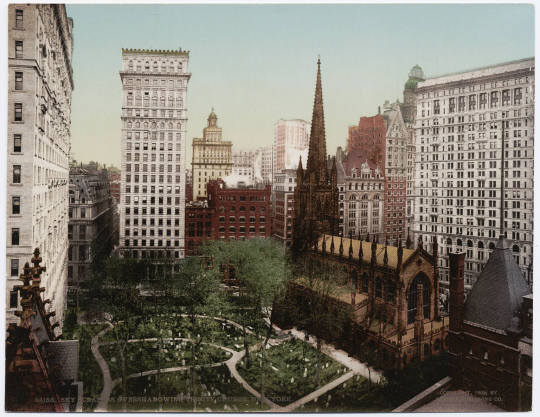
Trinity Church, Manhattan, New York, USA, 1900 (colorized)
#old photo#old photography#vintage#aesthetics#retrospective#history#old usa#new york#new york city#nyc#manhattan#usa#trinity church#1900s#colorized#photochrom
18 notes
·
View notes
Text
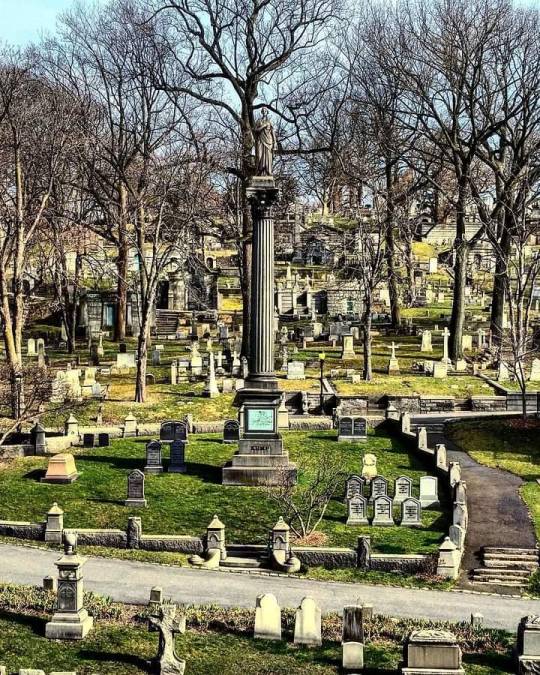
Looking across the #Trinity_Church_Cemetery from Riverside Drive, #Manhattan.
15 notes
·
View notes
Photo

Another view of Trinity Church between the buildings on either side of Wall Street, Manhattan, New York City
#church#trinity#wall street#buildings#architecture#tower#clock#spire#contrast#downtown#finance#Manhattan#NYC#New York City#New York#USA#cityscape
19 notes
·
View notes
Text
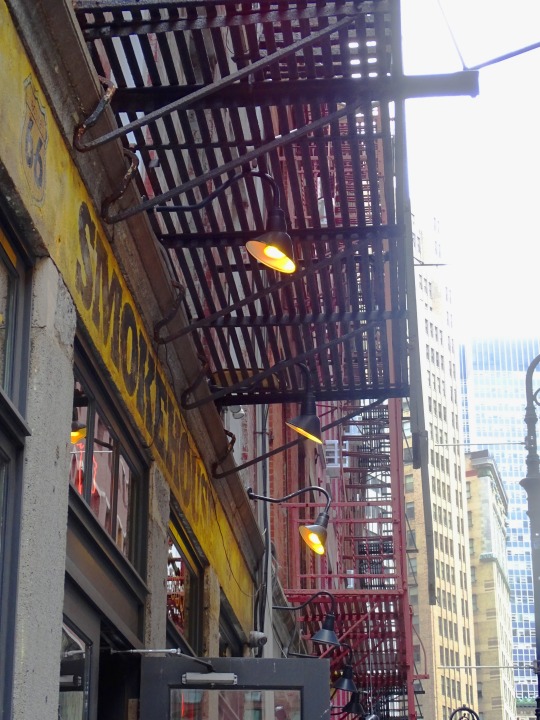
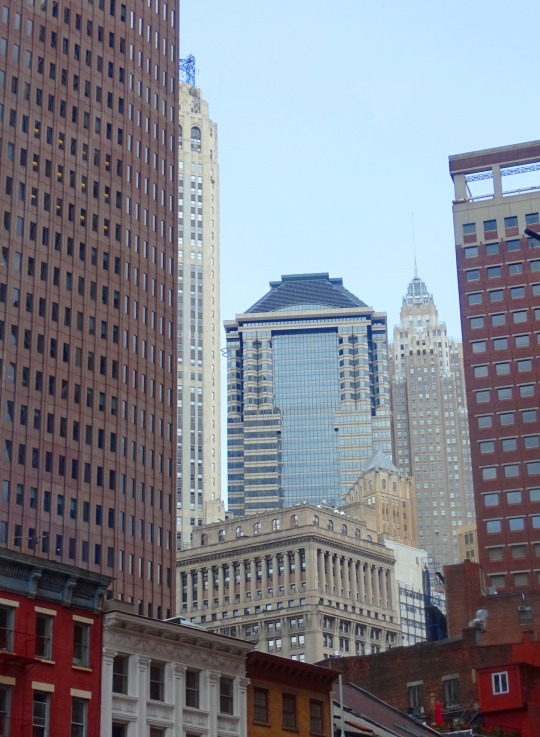

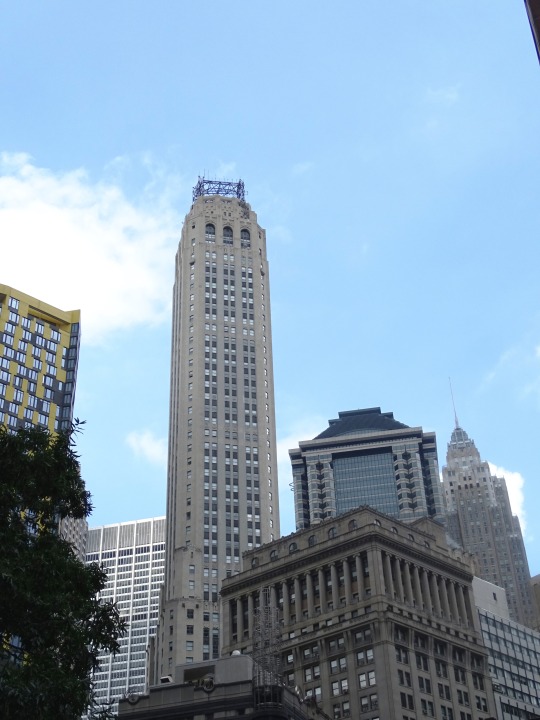


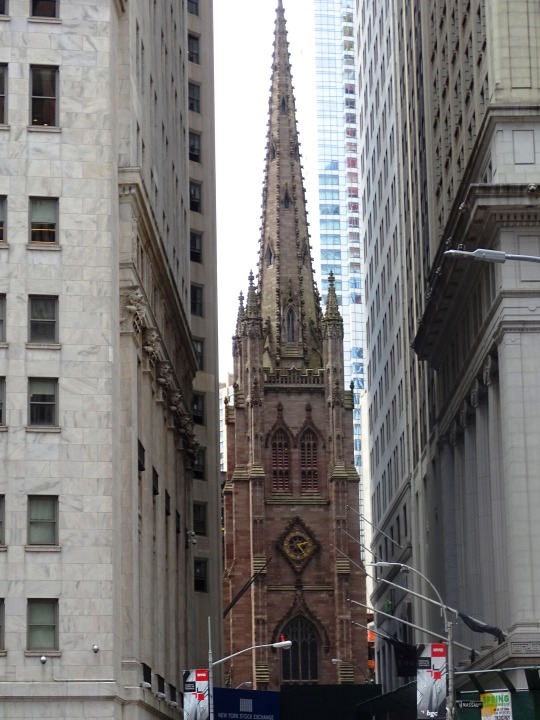
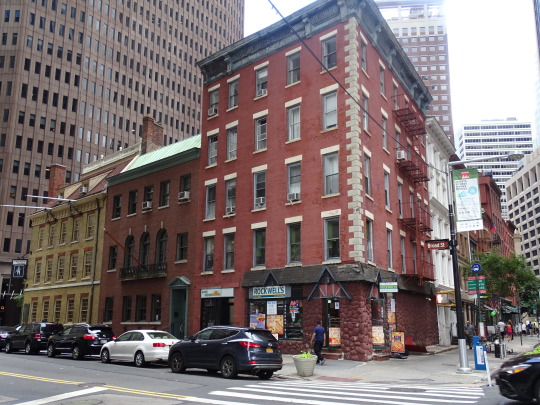

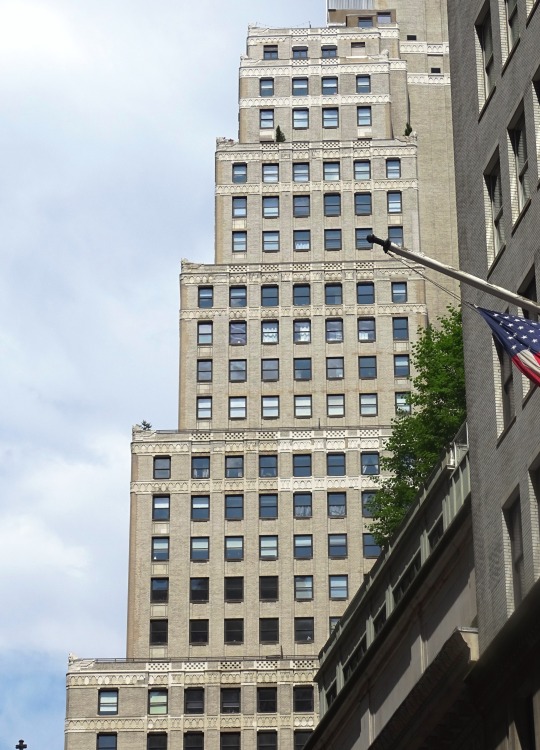

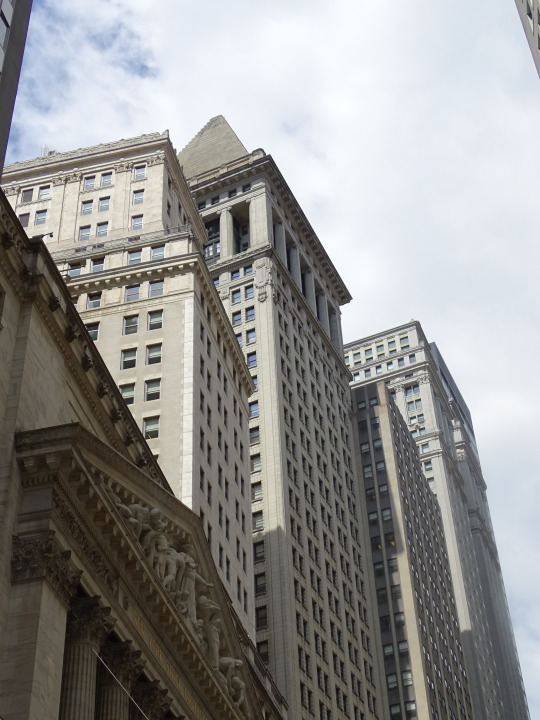

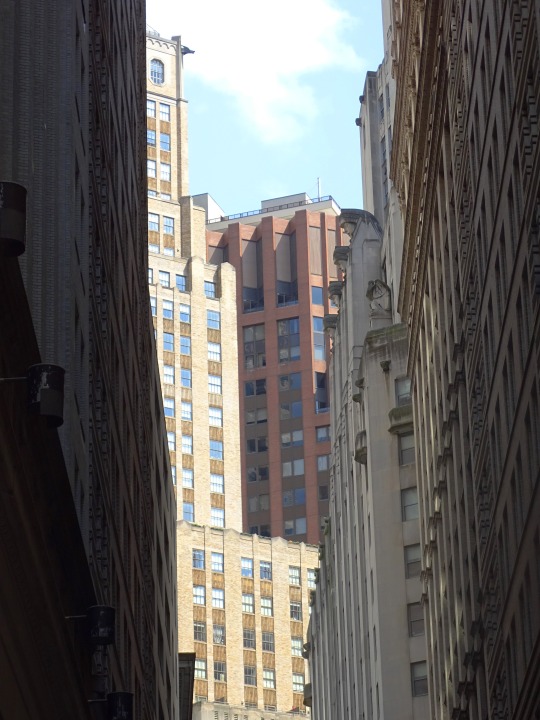
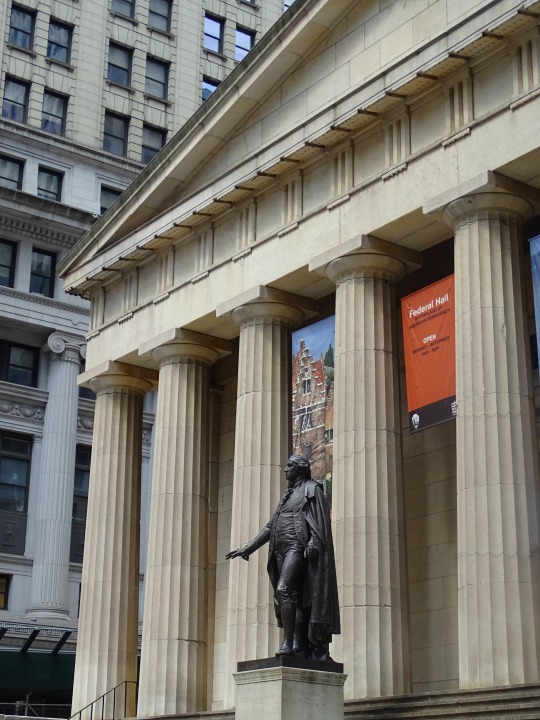
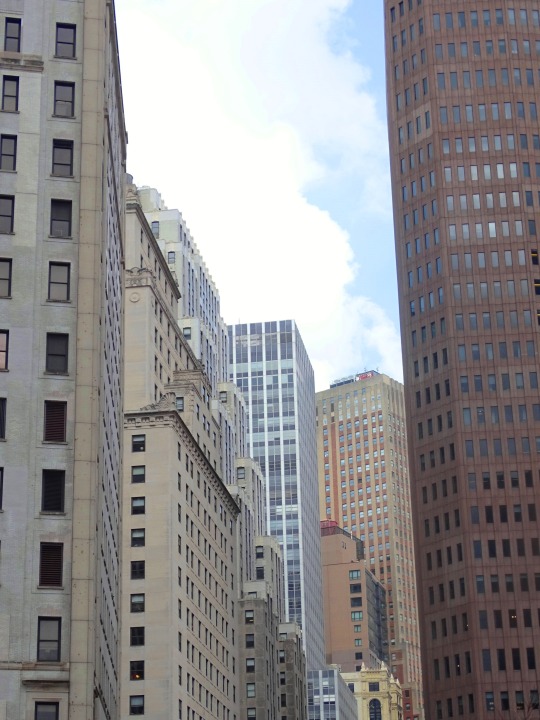





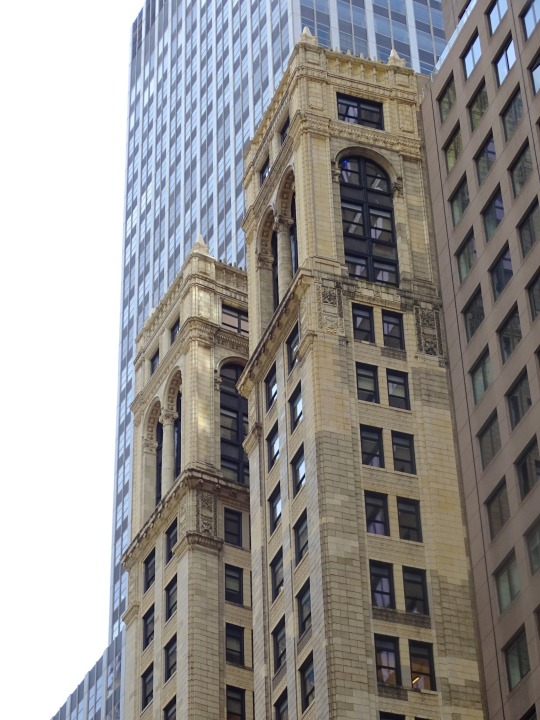
The second Great Fire of New York destroyed 50 acres (200,000 square meters) of New York City’s Financial District on December 17, 1835.
#second Great Fire of New York#17 December 1835#anniversary#travel#us history#Lower Manhattan#New York City#summer 2018#architecture#cityscape#tourist attraction#Fraunces Tavern#landmark#Financial District#original photography#Trinity Church#Federal Hall National Memorial#USA#Wall Street#New York Stock Exchange#exterior#George Washington#vacation
2 notes
·
View notes
Text

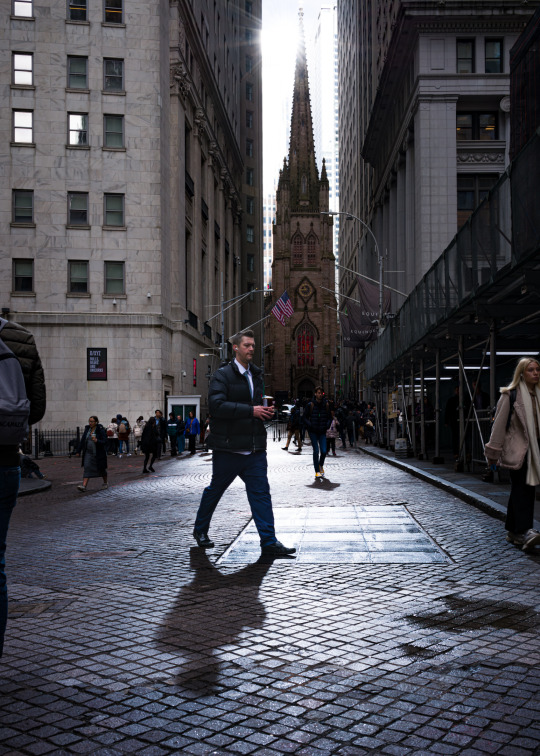
0 notes
Text
Tree
_R002070

View On WordPress
#cones#Manhattan#New York City#raw streets#Ricoh GR#street#street photography#tree#Trinity Church Cemetery#_R002070
1 note
·
View note
Text

nyc_hare_krishna
I just heard from my friends at Trinity Church🙏☺️
One of my most favorite Churches in NYC.
Trinity Church Wall Street @TrinityWallSt
"For surely I know the plans I have for you, says the LORD, plans for your welfare and not for harm, to give you a future with hope."- Jeremiah 29:11
☀️Happy August! May this month be filled with blessings and joy! 😊
1 note
·
View note
Photo

Sweethearts in Trinity Churchyard, ca. 1956.
Photo: Imogen Cunningham via imogencunningham.com
#New York#NYC#vintage New York#1950s#Imogen Cunningham#lovers#romance#sweethearts#couples#Trinity Church#Lower Manhattan
241 notes
·
View notes
Text
As someone who was born and raised in Brooklyn and lives in the neighborhood Miles is supposed to -
I cannot stress enough how accurate ATSV is to Brooklyn. Like not even in just aesthetics.
The church scene in ITSV is at Trinity Church in Manhattan, a very famous one.
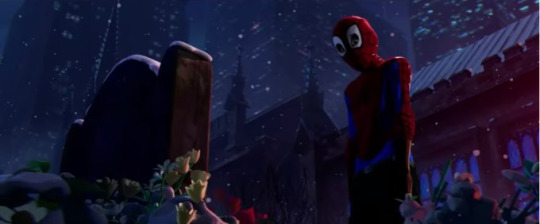
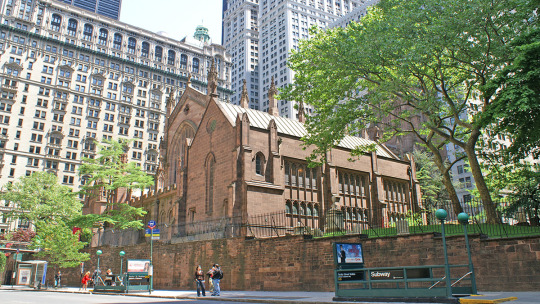
At the time the movie came out, my father worked at Trinity church - and it's ridiculous how accurate they got it. You can ever see behind Miles the same windows and spires as in the photo. He's literally standing on the other side of the garden (Miles is a couple meters behind the bus stop in the far left corner).
I nearly freaked out when I rewatched ATSV and realized the corner-store has a street sign shown through the windows that says Fulton St.
Fulton St. is a very real and very popular street in Brooklyn that I live less than 30 minutes from.
When Gwen deploys the bug in Miles' universe to track spot, she's near the train tracks on Bedford - another very popular, and very close street.
MILES SCHOOL IS LITERALLY BASED ON A REAL SPECIALIZED SCHOOL IN BROOKLYN - HENCE THE BRIDGE HE RUNS OVER




between this, the beef patty he's eatting, the accuracy of the Bodega - which i could write an essay about, the streets, Miles school - the ATSV took SO much care into making Miles' New York real and fleshed out and it's honestly one of the only movie series that really makes me really like I'm watching something from my home city.
Growing up I went to a music-specializing high school in Brooklyn in the same area as Miles going to the same corner stores and hanging out on the same trains and its SO CRAZY how much I relate to him especially as an afro-latio, I can't thank the movie makers enough
2K notes
·
View notes
Text
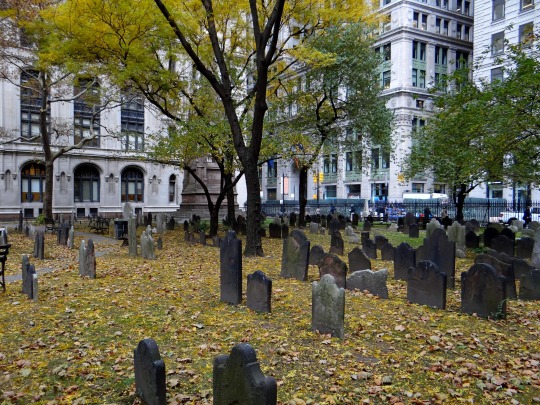
Fall in the graveyard of Trinity Church in Lower Manhattan.
#autumn#graveyard#cemetery#tombs#tombstones#tomb#new york city#manhattan#taphophilia#taphophile#fall colors#original photography#cemeteries#fall leaves#autumn aesthetic#photography#photographers on tumblr#lensblr#wanderingjana
199 notes
·
View notes
Text
By Emily Strasser | August 9, 2023
At the theater where I saw Oppenheimer on opening night, there was a handmade photo booth featuring a pink backdrop, “Barbenheimer” in black letters, and a “bomb” made of an exercise ball wrapped in hoses. I want to tell you that I flinched, but I laughed and snapped a photo. It took a beat before I became horrified—by myself and the prop. Today is the 78th anniversary of the bombing of Nagasaki, which killed up to 70,000 people and came only three days after the bombing of Hiroshima that killed as many as 140,000 people. Yet still we make jokes of these weapons of genocide.
Oppenheimer does not make a joke of nuclear weapons, but by erasing the specific victims of the bombings, it repeats a sanitized treatment of the bomb that enables a lighthearted attitude and limits the power of the film’s message. I know this sanitized version intimately, because my grandfather spent his career building nuclear weapons in Oak Ridge, Tennessee, the site of uranium enrichment for the Hiroshima bomb. My grandfather died before I was born, and though there were photographs of mushroom clouds from nuclear tests hanging on my grandmother’s walls, we never discussed Hiroshima, Nagasaki, or the fact that Oak Ridge, still an active nuclear weapons production site, is also a 35,000-acre Superfund site. At the Catholic church in town, a pious Mary stands atop an orb bearing the overlapping ovals symbolizing the atom, and until it closed a few years ago, a local restaurant displayed a sign with a mushroom cloud bursting out of a mug of beer.
Oppenheimer does not show a single image of Hiroshima or Nagasaki. Instead, it recreates the horror through Oppenheimer’s imagination, when, during a congratulatory speech to the scientists of Los Alamos after the bombing of Hiroshima, the sound of the hysterically cheering crowd goes silent, the room flashes bright, and tatters of skin peel from the face of a white woman in the audience. The scene is powerful and unsettling, and, arguably, avoids sensationalizing the atrocity by not depicting the victims outright. But it also plays into a problematic pattern of whitewashing both the history and threat of nuclear war by appropriating the trauma of the Japanese victims to incite fear about possible future violence upon white bodies. An example of this pattern is a 1948 cover of John Hersey’s Hiroshima, which featured a white couple fleeing a city beneath a glowing orange sky, even though the book itself brought the visceral human suffering to American readers through the eyes of six actual survivors of the bombing.
The Oppenheimer film also neglects the impacts of fallout from nuclear testing, including from the Trinity test depicted in the film; the harm to the health of blue-collar production workers exposed to toxic and radiological materials; and the contamination of Oak Ridge and other production sites. Instead, the impressive pyrotechnics of the Trinity test, images of missile trails descending through clouds toward a doomed planet, and Earth-consuming fireballs interspersed with digital renderings of a quantum universe of swirling stars and atoms, elevate the bomb to the realm of the sublime—terrible, yes, but also awesome.
A compartmentalized project. The origins of this treatment can be traced to the Manhattan Project, when scientists called the bomb by the euphemistic code word “gadget” and the security policy known as compartmentalization limited workers’ knowledge of the project to the minimum necessary to complete their tasks. This policy helped to dilute responsibility and quash moral debates and dissent. Throughout the film, we see Oppenheimer move from resisting compartmentalization to accepting it. When asked by another scientist about his stance on a petition against dropping the bomb on Japan, he responds that the builders of the bomb do not have “any more right or responsibility” than anyone else to determine how it will be used, despite the fact that the scientists were among the few who even knew of its existence.
Due to compartmentalization, the vast majority of the approximately half-million Manhattan Project workers, like my grandfather, could not have signed the petition because they did not know what they were building until Truman announced the bombing of Hiroshima. Afterward, press restrictions limited coverage of the humanitarian impacts, giving the false impression that the bombings had targeted major military and industrial sites—and eliding the vast civilian toll and the novel horrors of radiation. Photographs and films of the aftermath, shot by Japanese journalists and American military, were classified and suppressed in the United States and occupied Japan.
The limit of theory. Not only is it dishonest and harmful to erase the suffering of the real victims of the bomb, but doing so moves the bomb into the realm of the theoretical and abstract. One recurring theme of the film is the limit of theory. Oppenheimer was a brilliant theorist but a haphazard experimentalist. A close friend and fellow scientist questions whether he’ll be able to pull off this massive, high-stakes project of applied theory. Just before the detonation of the Trinity test bomb, General Leslie Groves, the military head of the project, asks Oppenheimer about a joking bet overheard among the scientists regarding the possibility that the explosion would ignite the atmosphere and destroy the world. Oppenheimer assures Groves that they have done the math and the possibility is “near zero.” “Near zero?” Groves asks, alarmed. “What do you want from theory alone?” responds Oppenheimer.
Can the theoretical motivate humanity to action?
One telling scene shows Oppenheimer at a lecture on the impacts of the bomb. We hear the speaker describe how dark stripes on victims’ clothing were burned onto their skin, but the camera remains on Oppenheimer’s face. He looks at the screen, gaunt and glassy-eyed, for a few moments, before turning away. Americans are still looking away. As a country, we’ve succumbed to “psychic numbing,” as Robert Jay Lifton and Greg Mitchell call it in their book Hiroshima in America, which leads to general apathy about nuclear weapons—and pink mushroom clouds and bomb props for selfies.
On this anniversary of Nagasaki, the world stands on a precipice, closer than ever to nuclear midnight. The nine nuclear-armed states collectively possess more than 12,500 warheads; the more than 9,500 nuclear weapons available for use in military stockpiles have the combined power of more than 135,000 Hiroshima-sized bombs.
If Oppenheimer motivates conversation, activism, and policy shifts in support of nuclear abolition, that’s a good thing. But by relegating the bomb to abstracted images removed from actual humanitarian consequences, the film leaves the weapon in the realm of the theoretical. And as Oppenheimer says in the film, “theory will only take you so far.” Today, it’s vital that we understand the devastating impacts that nuclear weapons have had and continue to have on real victims of their production, testing, and wartime use. Our survival may depend on it.
79 notes
·
View notes
Photo
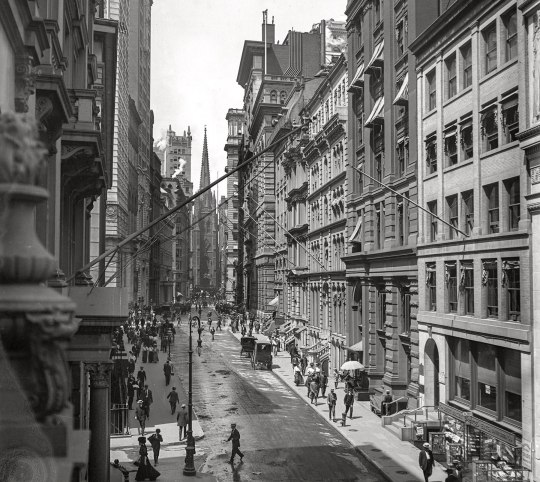
New York City, April 1910. "View down Wall Street to Trinity Church," its steeple sharing the Lower Manhattan skyline with the obelisk-topped "Chimney Building" at 1 Wall Street. Photograph by Robert L. Bracklow.
99 notes
·
View notes